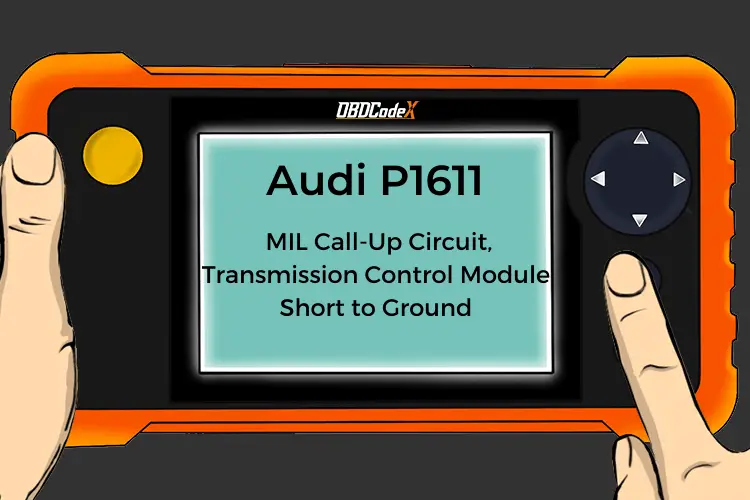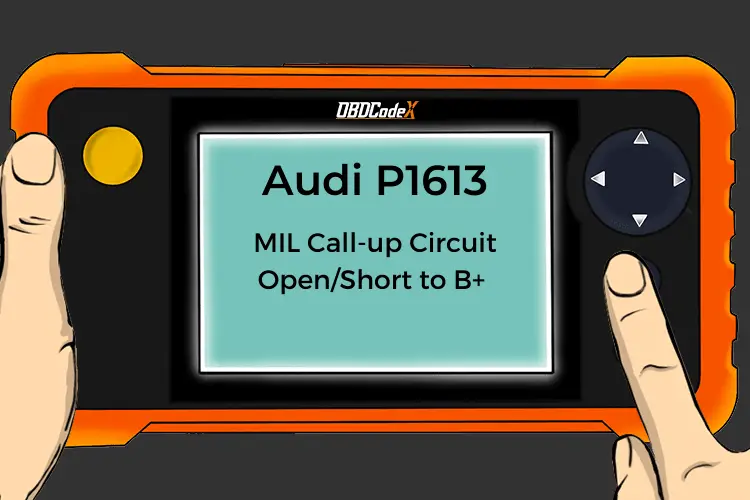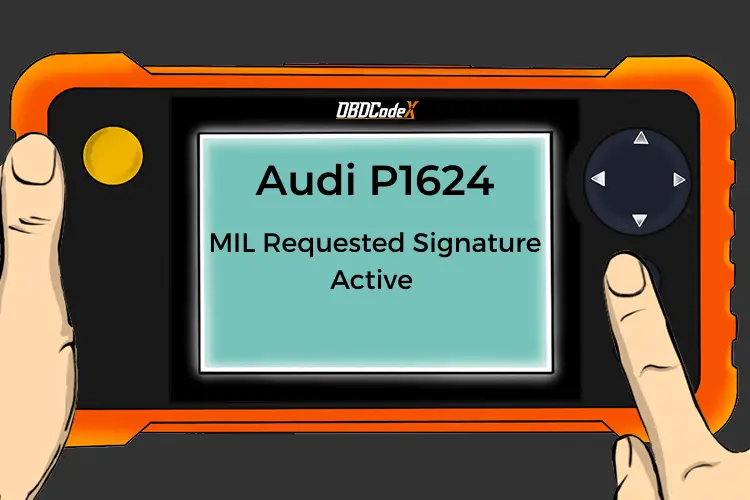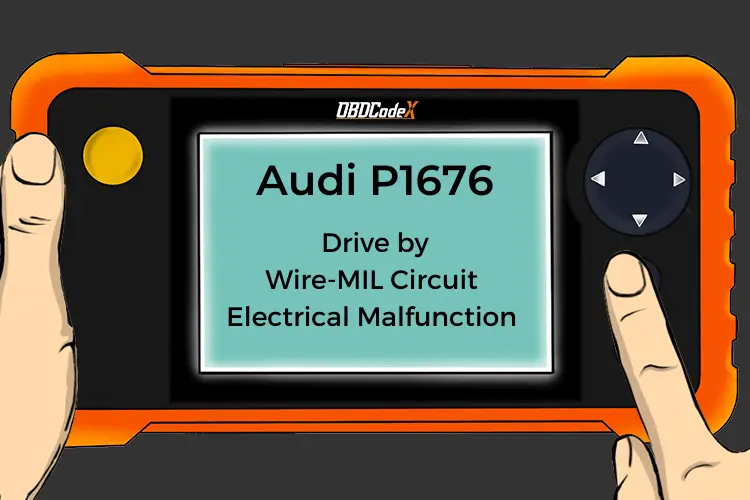P0650: Malfunction Indicator Lamp (MIL) Control Circuit
Is your scanner showing P0650?
No worries. We'll show you what it means and how to deal with it.
P0650: Malfunction Indicator Lamp (MIL) Control Circuit
OVERVIEWWhat Does The P0650 Code Mean?
This diagnostic trouble code (DTC) is set when the vehicle’s Powertrain Control Module detects a fault with the Malfunction Indicator Lamp (MIL) electrical circuit.
The MIL is commonly referred to as the “Check Engine Light” or “Service Engine Soon” light. MIL is the correct term, however. Basically what happens on some vehicles is the vehicles’ PCM senses too high or low, or no voltage present through the M.I. lamp. The PCM controls the lamp by monitoring the ground circuit of the lamp and checks the voltage on that ground circuit.
Note: It is normal operation for the malfunction indicator lamp to illuminate for a few seconds and then go out when the ignition is turned on or the car is started.
What Are The Symptoms Of The P0650 Code?
Symptoms of a P0650 DTC may include:
- Malfunction indicator lamp NOT illuminating when it should (check engine light or service engine soon light)
- MIL being illuminated all the time
What Are The Potential Causes Of The P0650 Code?
Potential causes may include:
- Burned out MIL bulb/LED
- MIL wiring problem (short or open electrical condition)
- Poor electrical connection at the bulb/cluster/PCM
- Failed/faulty PCM
How Can You Fix The P0650 Code?
Step 1
First thing to check is whether the bulb comes on when it’s supposed to. It’s supposed to come on for a few seconds when the ignition is turned on. If the light turns on for a few seconds and then goes off, you know the bulb/LED is good. If the lamp turns on and stays on you also know the bulb/LED is good.
Step 2
If the MIL does not come on at all, you need to diagnose where the problem lies. If you have access to an advanced scan tool, you can use it to command the MIL on and off. Verify operation that way.
Physically check if the bulb is burned out. Replace if it is. Also, inspect to make sure the bulb is seated properly and making a good electrical connection. Visually inspect all the wiring & connectors leading from the M.I. lamp to the PCM. Inspect the wires for chafed insulation, etc.
Separate all connectors as required to inspect for bent pins, corrosion, broken terminals, etc. Clean or repair as required. You will need access to a vehicle specific repair manual to identify the correct wires and harnesses.
Step 3
Check if other things in the instrument cluster are working properly. Other warning lamps, gauges, etc. Note that you may need to remove the cluster during the diagnostic steps.
Step 4
If your vehicle is equipped with a PCM or MIL fuse, check it, replace as necessary. If everything thus far checks out, you should use a digital volt ohm meter (DVOM) to probe the appropriate wires in the circuit at the lamp end and the PCM end, verify proper operation. Check for shorts to ground, or an open circuit.
Step 5
If everything checks out against manufacturers specifications, replace the PCM, it could be an internal fault. Replacing the PCM is the last resort and requires the use of specialized equipment to program it, consult a qualified technician to assist.
Recommended Parts
Below are some recommended auto parts to help you address the trouble code affecting your vehicle and get it running smoothly again:
>>> Twippo 372Pcs Waterproof Wire Connectors Kit
>>> Sylvania 168 Long Life Mini Bulb
>>> KAIWEETS Digital Multimeter
Note: During the purchasing process, please check carefully whether the part you want to buy fits your car!
Check This Video For Reference
Reference Sources
Diagnostic Trouble Code (DTC) Guide for P0650 – Ominitek Advanced Technologies, pages 127-128.




